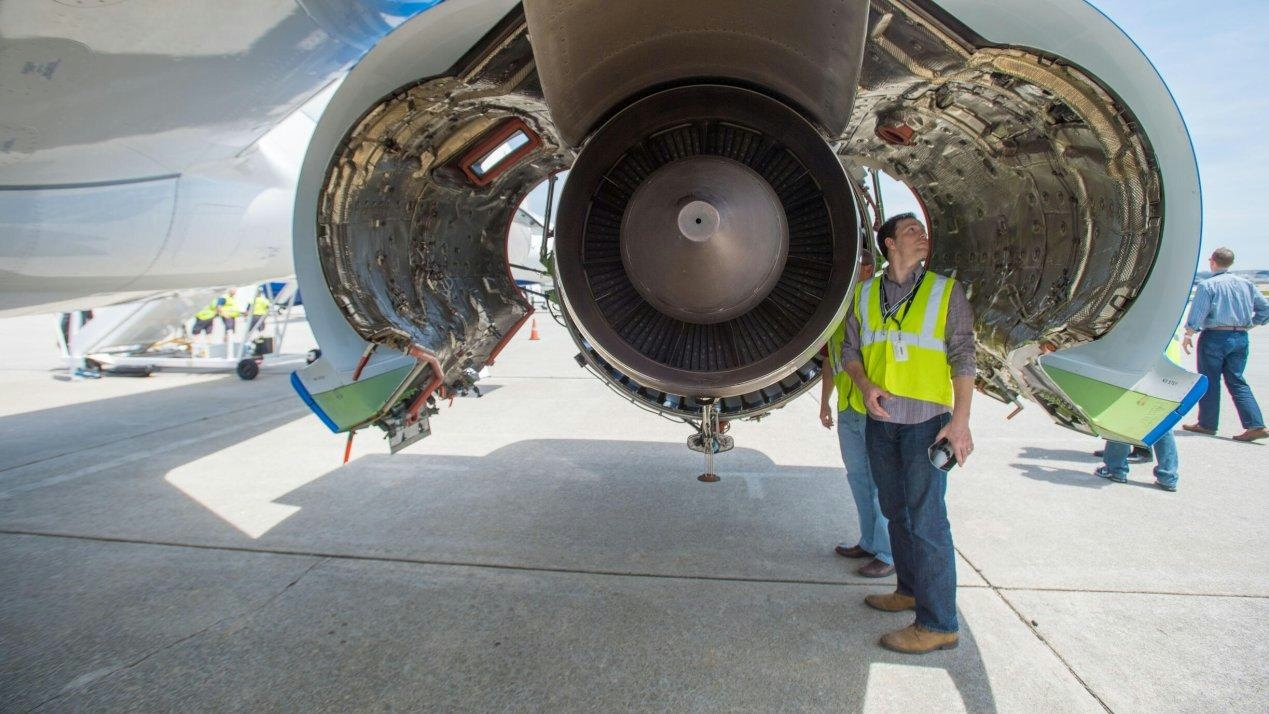
AeroGenie — Seu copiloto inteligente.
Tendências
Categories
UK CAA Commits to Supporting General Aviation Growth

UK CAA Commits to Supporting General Aviation Growth Amid Industry Challenges
The UK Civil Aviation Authority (CAA) has reaffirmed its dedication to advancing the general aviation (GA) sector through the introduction of a refreshed General Aviation Strategy. This strategy aims to foster a “safe, innovative, and sustainable GA sector operating within a supportive and proportionate regulatory environment.” In the absence of a dedicated GA strategy from the Department for Transport, the CAA’s updated framework seeks to dismantle barriers to growth and respond to the sector’s evolving demands.
Addressing Persistent Challenges and Embracing Innovation
Developed by the CAA’s General Aviation Unit, which was established 11 years ago to alleviate regulatory pressures, the strategy recognises ongoing challenges within the sector. These include a decline in flying hours, stagnation in the number of licence holders, and an ageing aircraft fleet. Additionally, the sector faces significant hurdles in adopting new technologies such as advanced avionics, electric propulsion, and sustainable fuels. These innovations require substantial investment, specialised training, and regulatory adaptation. Nevertheless, the CAA views these technological shifts as opportunities to enhance operational efficiency, safety, and environmental sustainability, potentially revitalising the general aviation landscape.
The CAA’s principal objectives focus on supporting sustainable technologies by encouraging the adoption of new fuels and electric or hybrid aircraft. It also aims to facilitate innovation through the use of “E Conditions,” which allow for the testing and accelerated market entry of emerging technologies. Furthermore, the authority is committed to reducing regulatory burdens by streamlining or removing unnecessary regulations to make advanced safety-enhancing technologies more accessible. Strengthening partnerships with the GA community is another key priority, fostering collaboration to drive innovation, share knowledge, and address safety and environmental challenges.
Four Strategic Focus Areas
The strategy is structured around four key areas of focus. First, the CAA will maintain effective and proportionate safety standards by applying a risk-based approach to oversight. This includes targeting critical issues such as loss-of-control accidents, runway excursions, and engine failures. Efforts will also promote a stronger “Just Culture” and improve access to safety guidance through resources like the Skyway Code and Safety Sense leaflets.
Second, the authority intends to reduce regulation and increase delegation by simplifying rules, cutting bureaucracy, and delegating oversight responsibilities to approved GA organisations where appropriate. This approach aims to lower costs and enhance efficiency without compromising safety.
Third, the CAA will support innovation and sustainability amid growing pressure on aviation to decarbonise. The strategy encourages the development and adoption of sustainable technologies, including electric, hybrid, and hydrogen propulsion, alongside sustainable aviation fuels. The continued use of “E Conditions” will provide a regulatory sandbox environment to test and fast-track new solutions.
Finally, the CAA pledges to deepen stakeholder engagement and improve service delivery. This involves strengthening relationships with the GA community—from industry associations to grassroots pilots—and providing more responsive services and targeted communications to build trust and collaboration.
Navigating a Complex and Evolving Landscape
Despite these ambitions, the CAA faces complex challenges in balancing growth with sustainability and ensuring that service expansion keeps pace with industry developments. The evolving aviation landscape, exemplified by ATR’s recent expansion into the U.S. market, may increase demand for aviation consulting services to assist stakeholders in navigating regulatory and operational complexities. Meanwhile, competitors are expected to maintain focus on major programmes such as the Global Combat Air Programme (GCAP) while exploring new international partnerships.
The CAA’s refreshed strategy signals a proactive approach to reinvigorating UK general aviation, striving to balance innovation and sustainability with effective oversight and industry collaboration.

Delta Air Lines Adopts Touchless ID and Biometric Technology Following Other Major US Airlines

Air Europa Plans A350 Fleet Expansion Powered by Rolls-Royce Engines
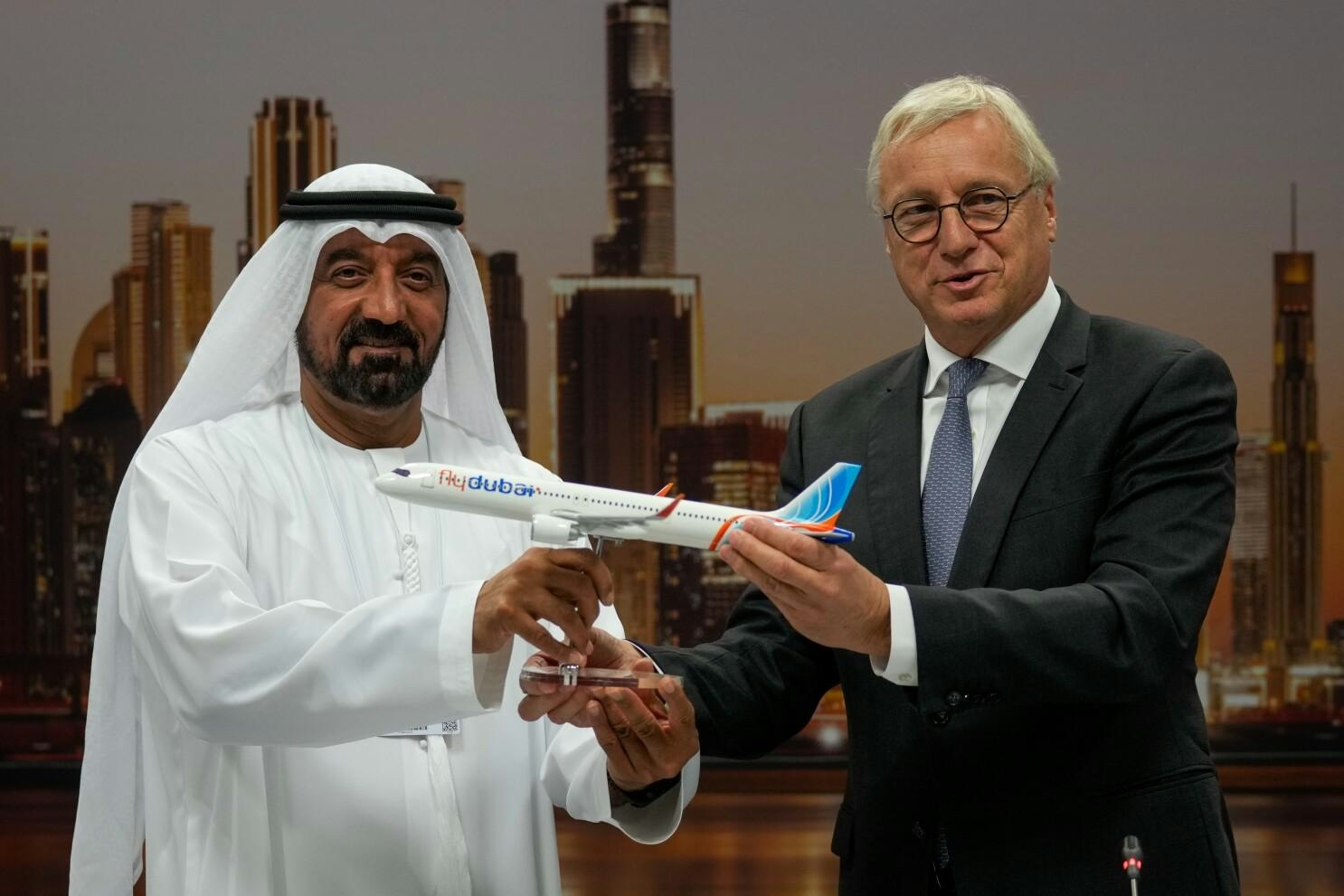
Flydubai CEO Cites Range and Size in Airbus Jet Order

Helicopter Alliance Signs Deal for 12 Aircraft with New Leasing Company
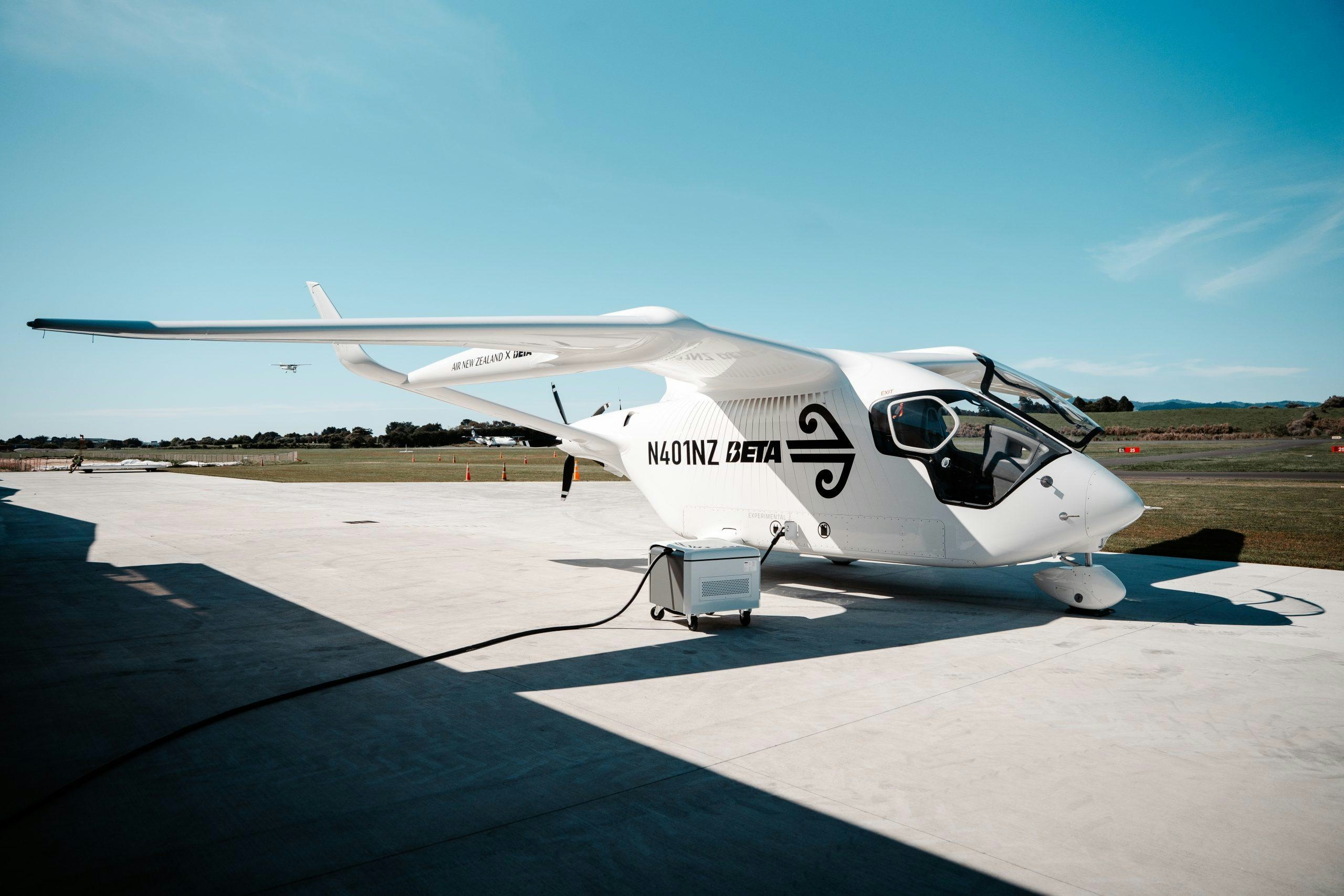
Abu Dhabi Airports Chooses BETA Technologies for Emirate’s First Air Mobility Network
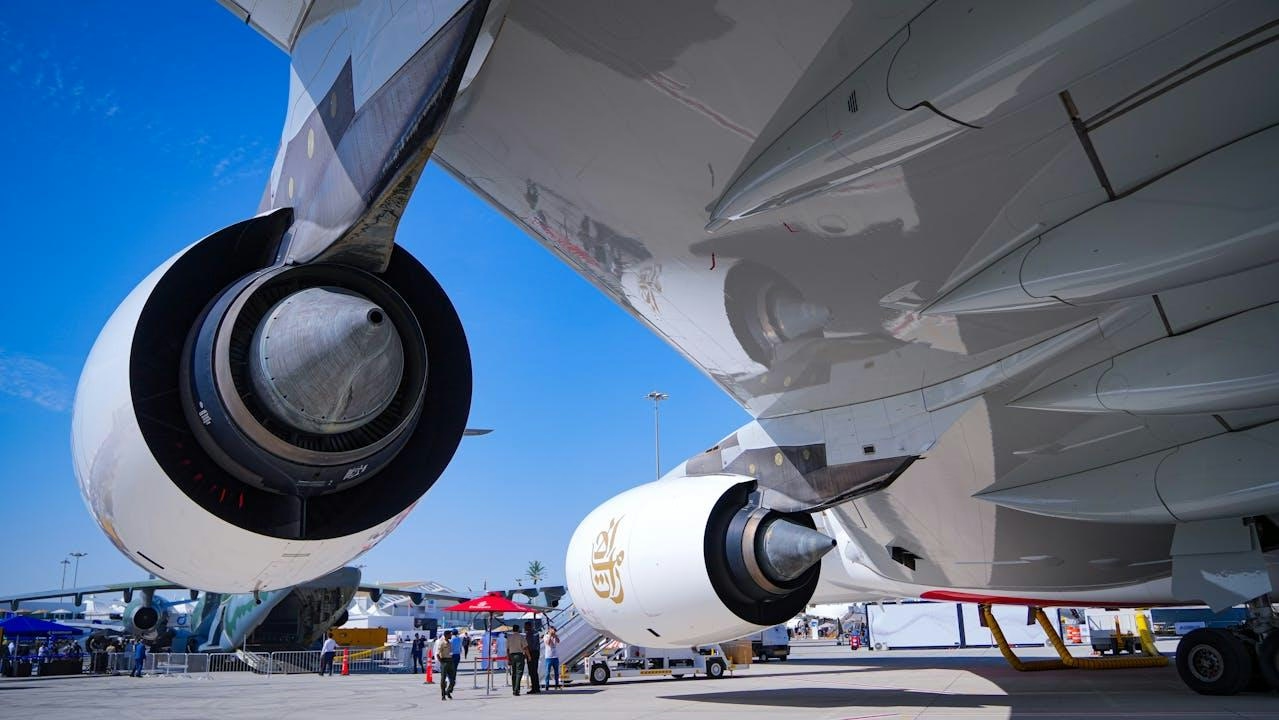
GE Tops Engine Orders at Dubai Airshow 2025
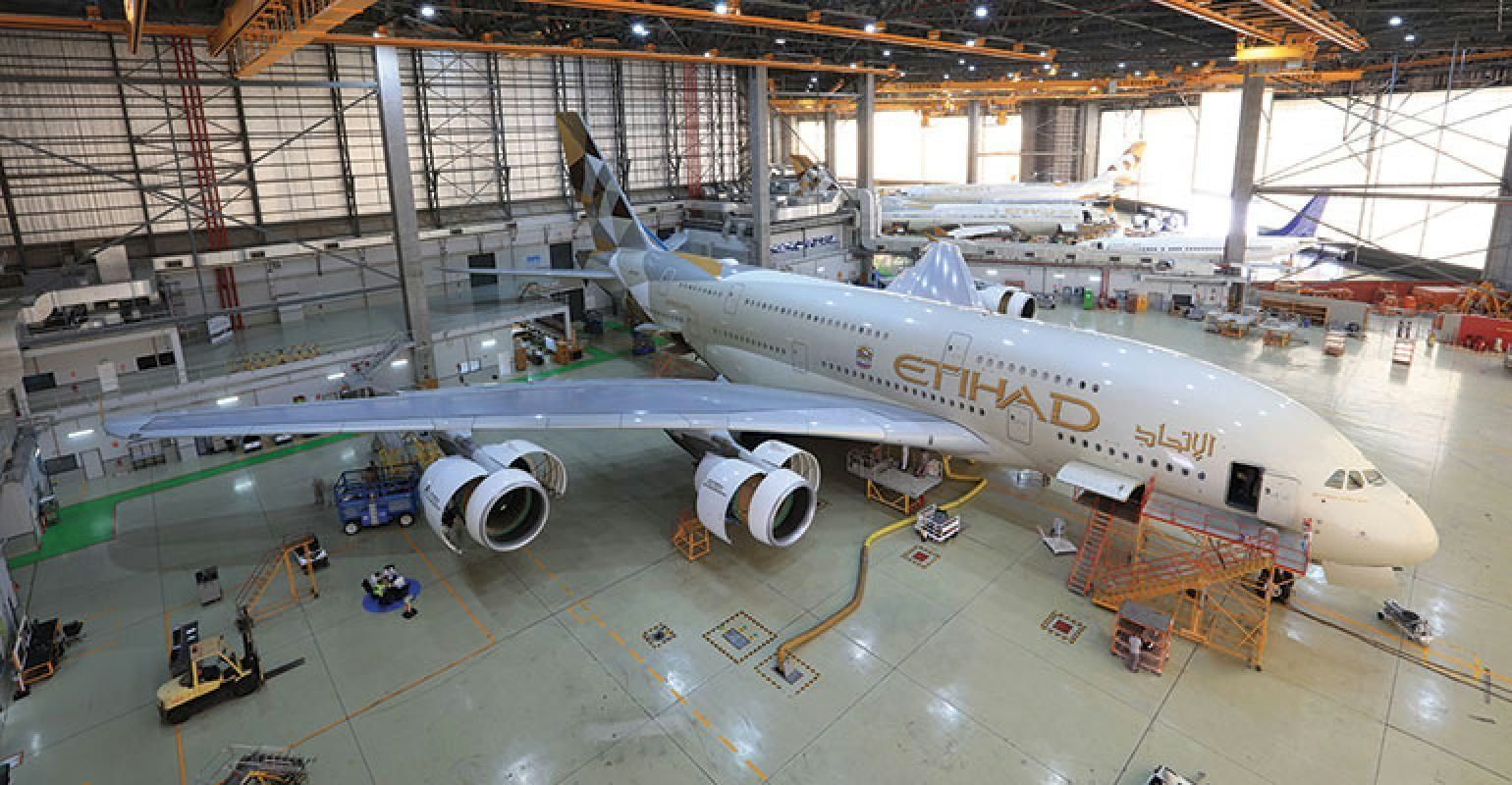
Etihad Airways’ Airbus Widebody Expansion Supports UK Manufacturing

Boeing’s Progress on 777X Production
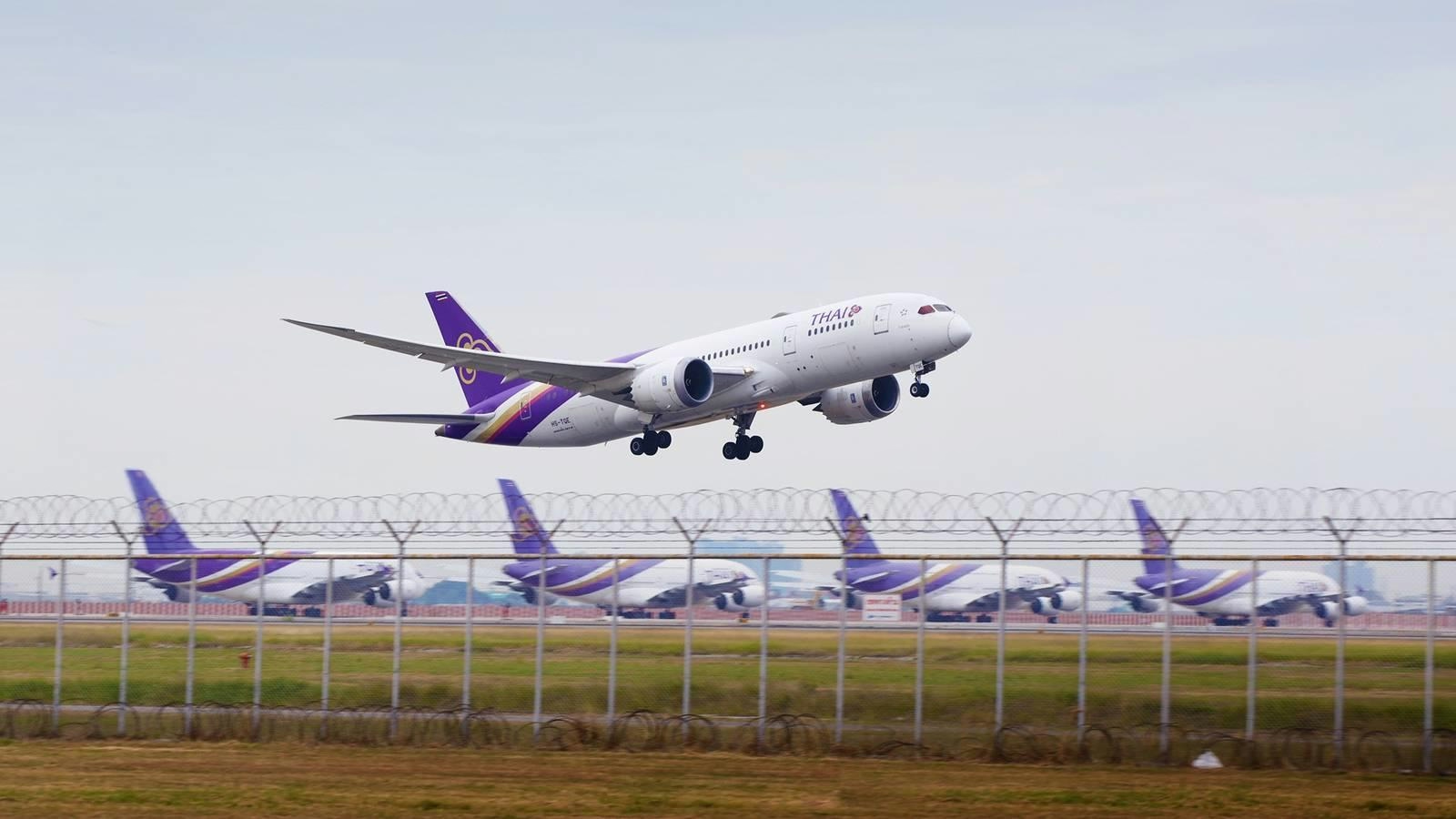
Thai Airways seeks more widebodies to develop its hub strategy
